Home/Wellness Zone/Sakra Blogs

24th Jan, 2020

Question: I haven’t been injured but I have shoulder pain when I raise my arm overhead. What could it be? This is one of the most common questions I come across in my clinical practice.
The most common cause of the above-mentioned shoulder pain is rotator cuff disease, which is also called shoulder bursitis or impingement syndrome.
The patient with such syndrome usually feels the pain at the top of the shoulder, and it often radiates down the outer arm toward the elbow. Patients also come up with other complaints such as pain when reaching behind you, difficulty holding objects with your arm out in front of you, night pain that wakes you, and an inability to lie on the affected shoulder.
Popping and clicking in the shoulder is usual, and patients with chronic shoulder issues often feel the pain neck pain on the same side and around the shoulder blade, with associated headaches from trigger points.
Middle-aged women and men are most often affected by such syndrome, mainly due to the wrong posture while working and also in people involved in overhead work like teachers, carpenters, and policemen. People who are software professionals or doing desk related jobs which require sitting and working for long hours in one particular posture may discover this kind of shoulder pain.
Initial treatment with ice and over the counter anti-inflammatory medications, as well as avoiding aggravating activities, and posture correction may be enough to manage the problem at this stage. But if neglected will lead mechanical problems and the muscle will get pinched between the bones and might end up with a tear.
If this doesn’t show any positive result, an evaluation by a physician can be considered as the safest method. A specific rotator cuff exercise program and prescription anti-inflammatories are the mainstays of treatment along with the strengthening program which is designed to help keep the ball centred in the socket of the shoulder and reduce the impingement with overhead activities.
Proper early treatment can help decrease inflammation, allowing patients to more effectively complete the exercise program. The exercises should be performed to the point of muscle fatigue, and not to the point of pain, in order to avoid adding to the inflammation already present. As the shoulder muscles and rotator cuff get stronger, the pain generally subsides.
If there is no improvement, X-rays and an MRI or ultrasound examination is advised to evaluate the rotator cuff for a tear. With a conservative treatment program, smaller tears can often become asymptomatic, but as tears get larger they are progressively more likely to require surgery and have a worse prognosis.
Surgical intervention can be avoided by approximately 80-85 per cent of patients with impingement by following a good conservative treatment program. For these problems, much of the surgery can be done arthroscopically, but more extensive rotator cuff repairs require a full year of rehabilitation for recovery.
Early diagnosis and treatment for shoulder pain are likely to lead to a full recovery without surgery.
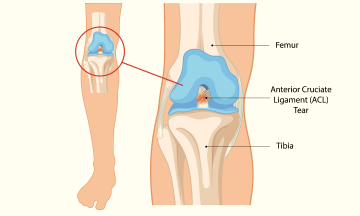
Ligament injuries, especially to the
19 Feb 2025
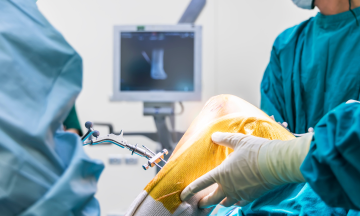
Knee replacement surgery has come
17 Feb 2025
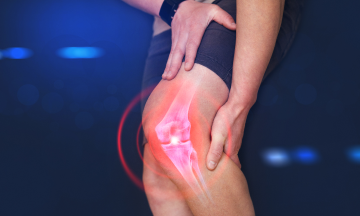
Knee ligament injuries are common
17 Feb 2025

Maintaining good posture while working
13 Nov 2024

Shoulder pain is a common
13 Nov 2024

Shoulder injuries are common in
16 Sep 2024
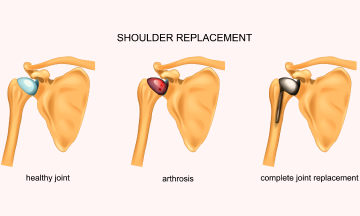
Shoulder arthroplasty, also known as
16 Sep 2024
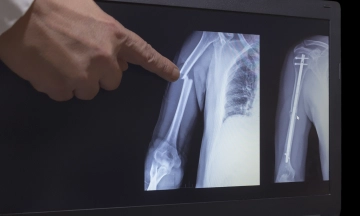
A hairline fracture,
23 Jul 2024

A rotator cuff is a
20 Apr 2023
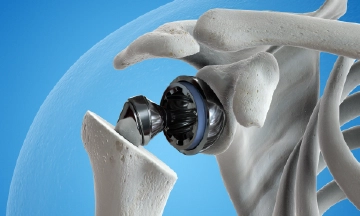
Shoulder replacement surgery, also known
15 Mar 2023
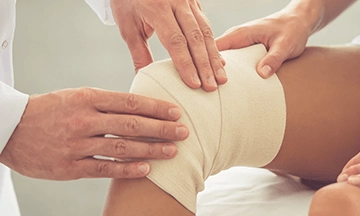
Bengaluru, December 13, 2020:Sakra World
7 Jun 2021
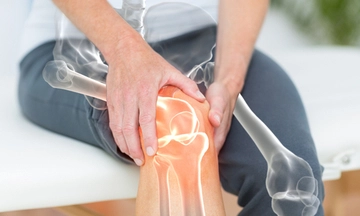
Importance of Knee Joint The knee
6 Nov 2020
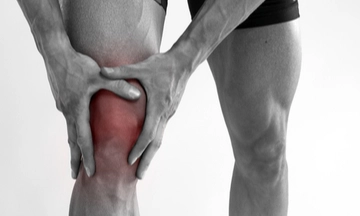
There are a subset of
6 Nov 2020

Question: I haven’t been injured
24 Jan 2020
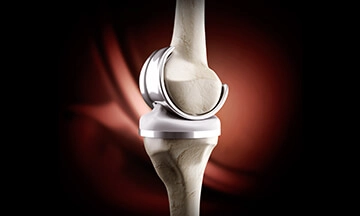
Medically known as adhesive capsulitis,
23 Dec 2019

Medically known as adhesive capsulitis,
23 Dec 2019
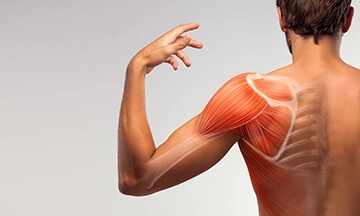
Living in pain can be
23 Dec 2019

Overview of treatment options for
23 Dec 2019
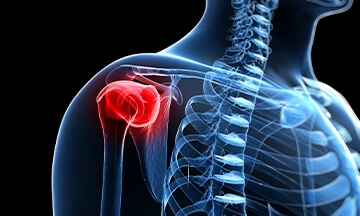
There are a variety of
23 Dec 2019

If you've been around athletes,
23 Dec 2019

Simple activities like brushing hair
23 Dec 2019

The shoulder consists of several
23 Dec 2019
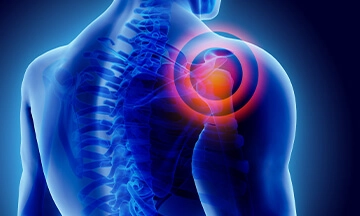
The group of muscles &
23 Dec 2019
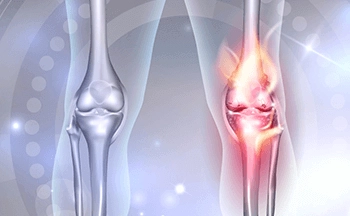
What is Meniscal transplant surgery? Replacing
2 Jan 2019
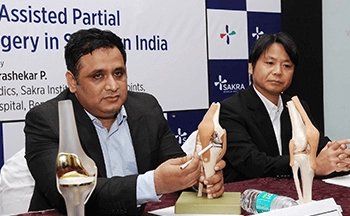
Sakra World Hospital introduces Computer
6 Sep 2016
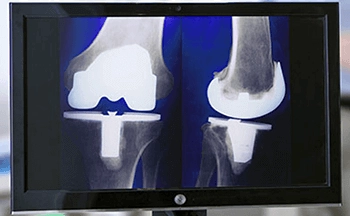
Total Knee Replacement
20 Jul 2016
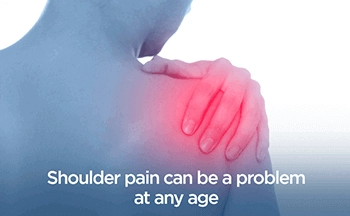
The shoulder is a complex
8 Mar 2016
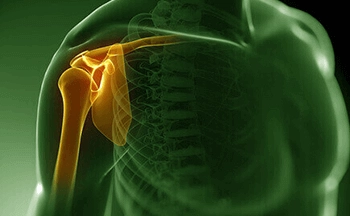
Shoulder joint complex is a
6 Feb 2015
Enquire Now

